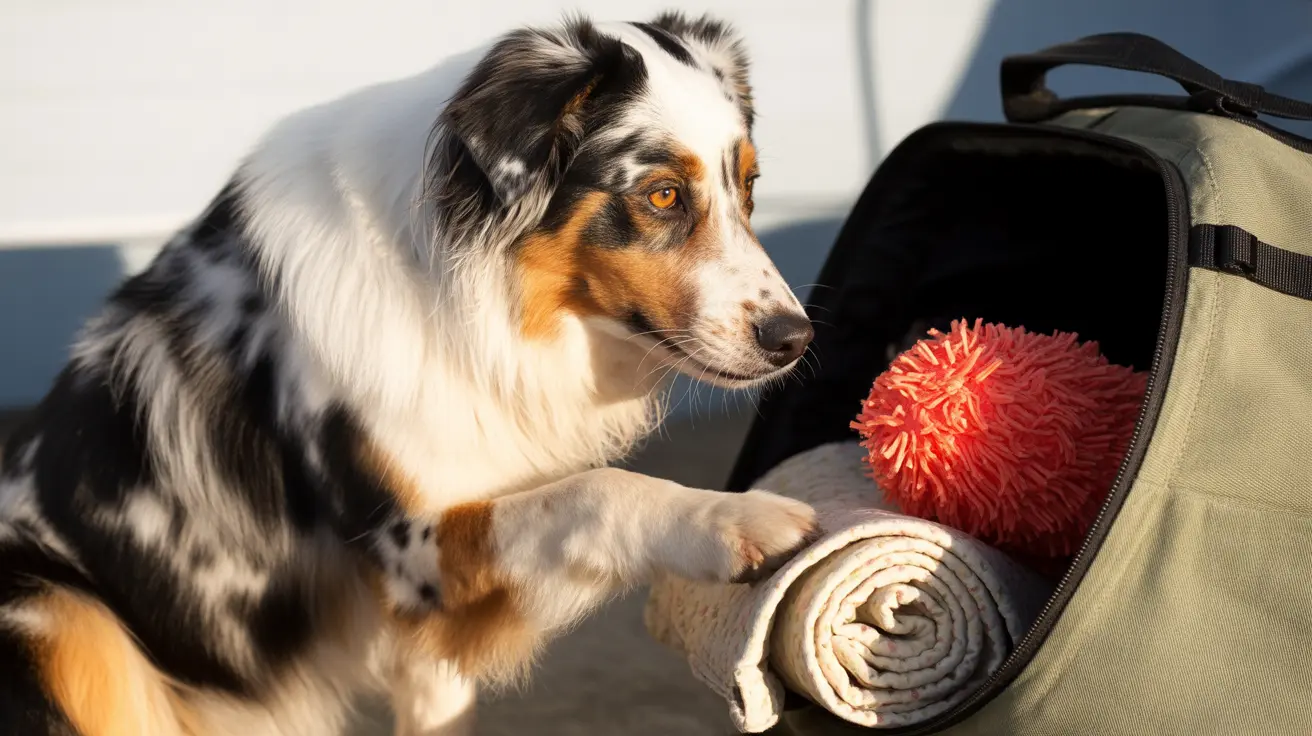Can Flea Eggs Spread to Humans? Understanding the Real Risks
Fleas are a common nuisance for pet owners, known for their ability to reproduce rapidly and infest homes. One question that often arises is whether flea eggs can spread to humans. While flea eggs themselves do not pose a direct threat to people, their presence in the environment can lead to uncomfortable and sometimes serious health complications.
Understanding the Flea Life Cycle
The flea life cycle consists of four stages:
- Egg Stage: Adult fleas lay tiny, oval-shaped white eggs on their host animal. These eggs are about the size of a grain of salt—approximately 0.5 mm long.
- Larva Stage: After hatching, larvae feed on organic debris and flea dirt. They avoid light and burrow into carpets or cracks in flooring.
- Pupa Stage: The larvae spin cocoons and become pupae. Pupae can remain dormant for weeks or months until they sense warmth or vibrations.
- Adult Stage: Emerging adults immediately seek a host to feed on, continuing the cycle.
This life cycle enables flea populations to thrive unseen in environments shared with humans, particularly when pets are present.
Do Flea Eggs Pose a Risk to Humans?
Flea eggs themselves do not spread to or infest humans. They are not infectious or parasitic in their egg form. However, if flea eggs are allowed to hatch and mature into adult fleas, they can bite humans, causing discomfort, allergic reactions, and even transmitting diseases in rare cases.
Fleas prefer animal hosts, but they will bite humans when no other host is available. Diseases that may be indirectly linked to flea infestations include:
- Murine typhus
- Cat scratch disease
- Plague (very rare)
Common Signs of Flea Infestations
If your pet shows the following symptoms, a flea problem may already be in progress:
- Itchy skin or excessive scratching, especially near the tail or hind legs
- Red bumps, hair loss, or scabbing
- Presence of black specks (flea dirt) or small insects in fur
- Restlessness or scooting behaviors
- Rice grain-like segments near the anus (indicating possible tapeworms)
To determine if white particles are flea eggs or something else, you can use this simple test:
- Place the particle on a white paper towel
- Add a few drops of water
- Flea dirt turns reddish-brown from digested blood; eggs remain unchanged
How to Eliminate Flea Eggs From Your Environment
Fighting flea eggs means addressing both your pet and your home. Here's how:
1. Treat Pets:
- Use flea preventive treatments recommended by veterinarians (oral, topical, or collar)
- Bathe pets with flea shampoo
- Use a flea comb and dip it in soapy water after each stroke
2. Clean the Environment:
- Wash bedding and toys in hot water and dry on high heat
- Vacuum carpets, furniture, and cracks thoroughly and regularly
- Use steam cleaning and mop hard floors
- Apply environmental treatments containing Insect Growth Regulators (IGRs)
3. Outdoor Control:
- Trim lawns and clear excess vegetation
- Prevent visits from wildlife like raccoons or squirrels
- Use pet-safe outdoor flea sprays in shaded areas frequented by pets
4. Natural Methods:
- Apply food-grade diatomaceous earth to carpets and pet bedding
- Use essential oils like cedarwood with caution (some can be toxic to pets)
- Set up soapy water traps beneath nightlights to catch adult fleas
Prevention is the Best Medicine
Flea infestations can be a recurring problem. To prevent future outbreaks:
- Apply monthly flea prevention all year round
- Continue cleaning routines even after an infestation is gone
- Monitor pets and the home regularly for any signs of flea activity
Key Takeaways
- Flea eggs don’t spread or infect humans directly
- They can lead to future infestations, which may affect humans through bites
- Controlling fleas requires attacking each stage of the life cycle
- Consult your vet for the most effective and safe treatment plan
By understanding how flea eggs function and taking comprehensive action, you can protect your pets, your home, and your family from these persistent pests.





